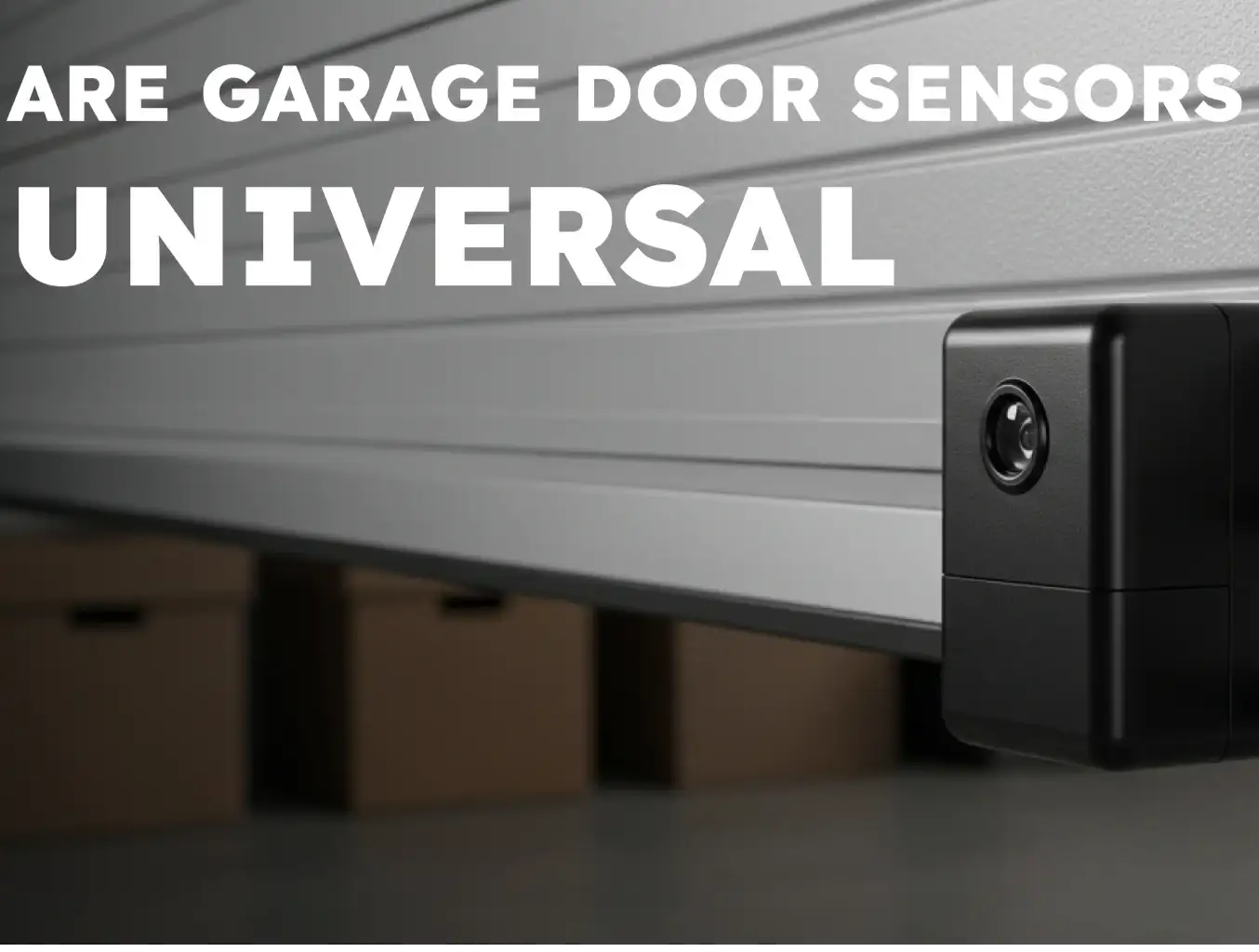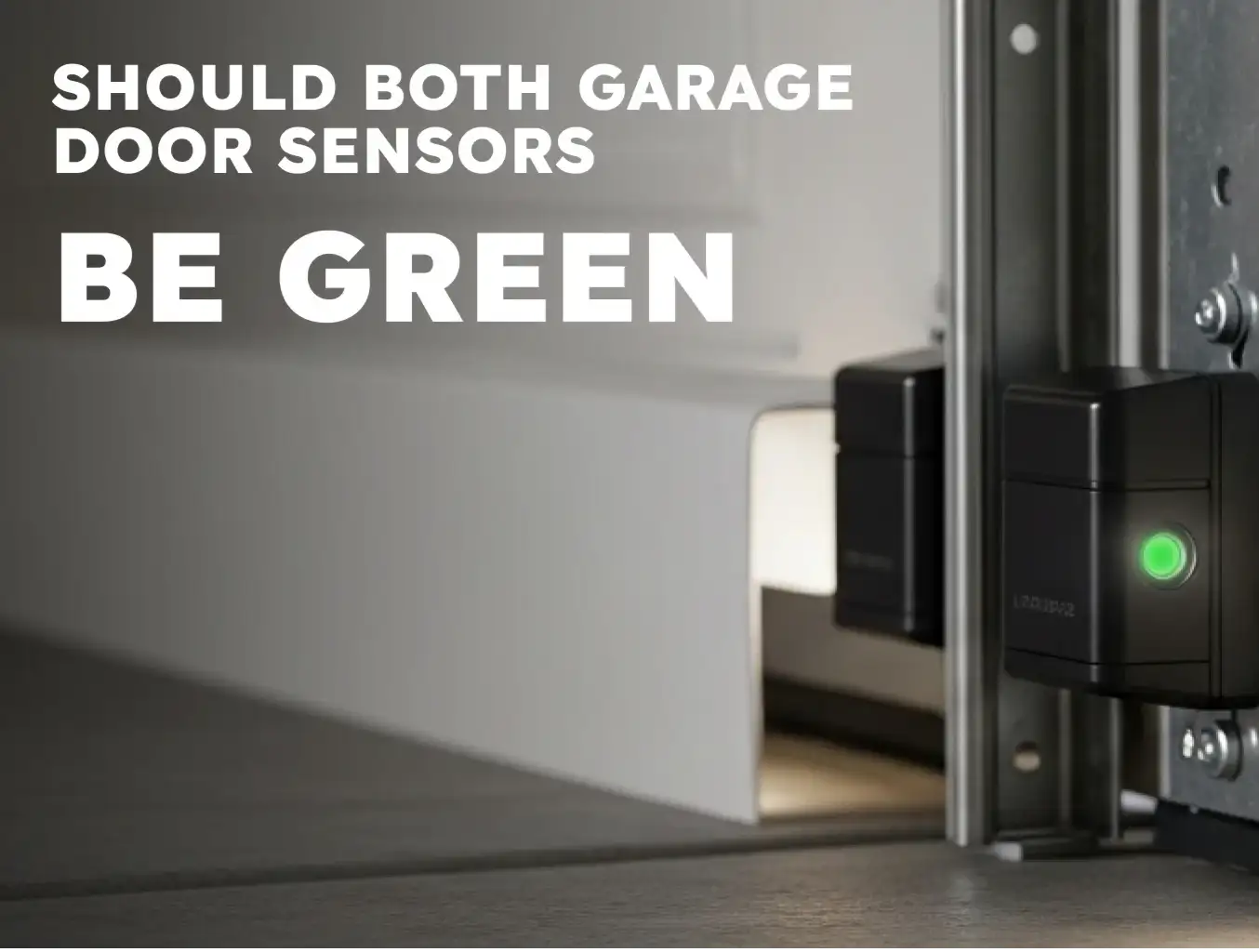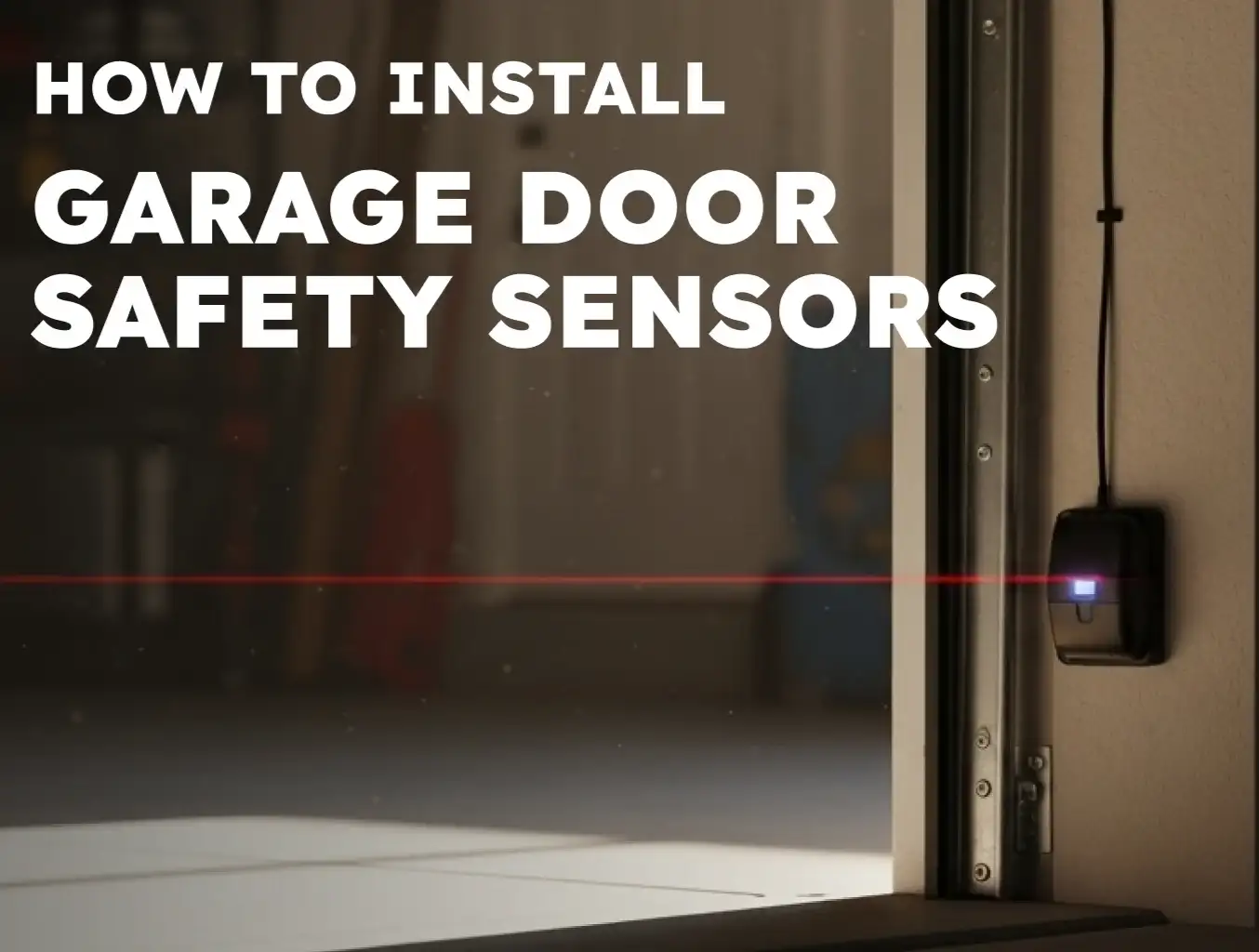Will a Garage Door Work Without the Sensors And Still Be Safe
Published: Nov 20, 2025
Many homeowners wonder if a garage door will work without the sensors, especially when the door won’t close and you need it down fast. While the opener can sometimes move without the garage door safety sensors, this creates a dangerous situation. In this guide, you’ll learn why the system depends on photo-eye sensors, what happens when they fail, how to safely troubleshoot them, and when to call Up & Down Garage Doors for help. We also cover common questions about garage door opener safety, DIY alignment, and when sensor bypassing becomes risky.
Why Are Garage Door Safety Sensors So Important

Garage door safety sensors are designed to stop the door from closing on a person, car, or object. These are the small photo-eye sensors placed on both sides of the door, usually a few inches above the floor. When the beam is blocked or the sensors fail, the garage door won’t close as a way to protect you.
A door can physically move if you try to bypass garage door sensors, but the opener is no longer operating safely. The system loses the ability to detect obstacles, increasing the chance of damage or injury. That’s why Up & Down Garage Doors recommends repairing or adjusting them instead of relying on any sensor bypass trick.
If your sensors seem unresponsive or faulty, check out this garage door sensor troubleshooting guide — it explains the most common issues and how to fix them safely.

Can a Garage Door Work Without Sensors?
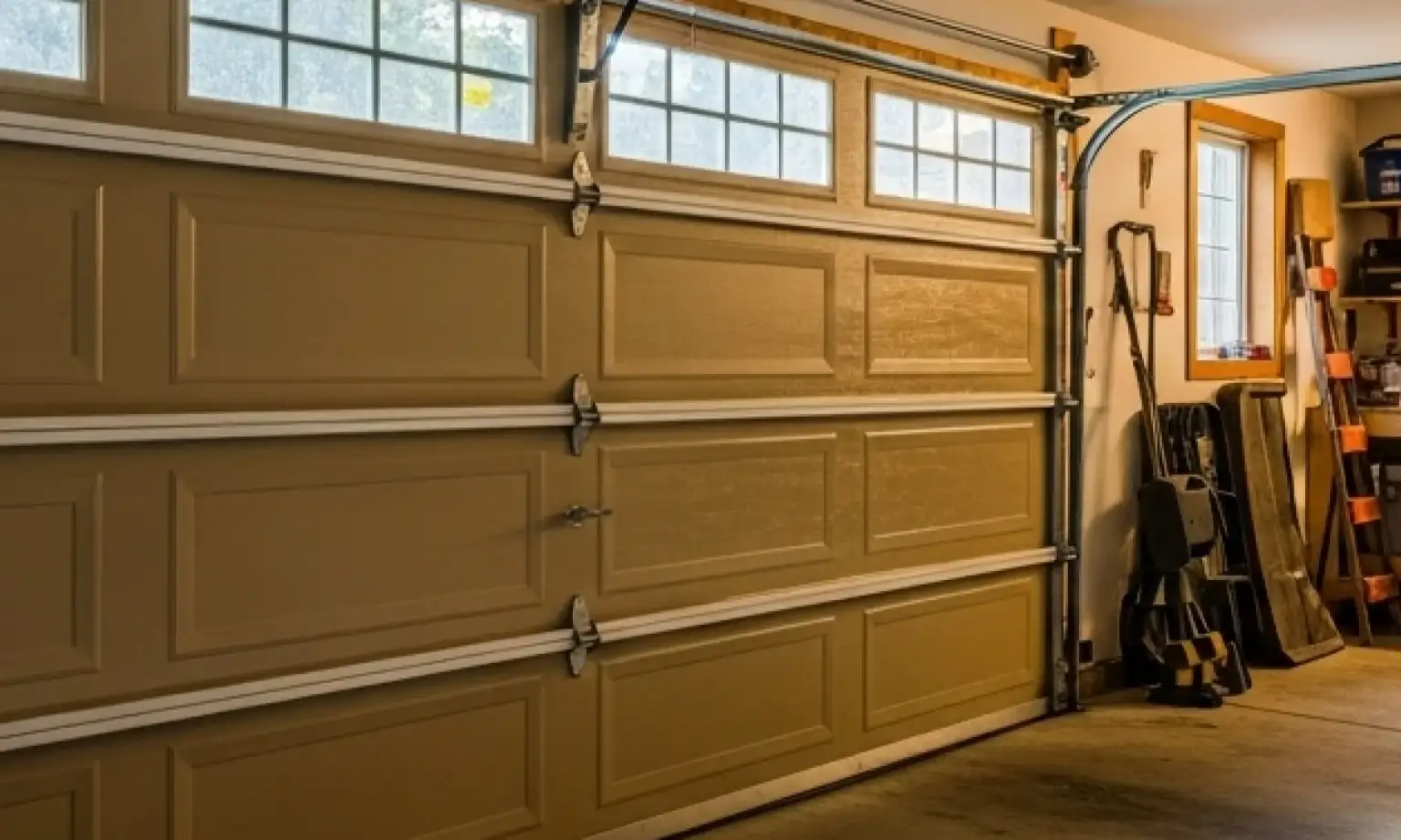
A garage door may still move, but it’s not safe to run the opener when the sensors are disconnected, misaligned, or covered. Without working photo-eye sensors, the door cannot detect anything beneath it. This puts pets, vehicles, and people at risk.
Here’s what you might notice when sensors fail:
- The garage door won’t close unless you hold the wall button
- The opener reverses instantly after starting
- The lights on the sensors blink or stay off
- The opener makes a clicking sound
- The system stops mid-cycle
If the goal is to get your door working again quickly and safely, the best option is to diagnose your garage door opener and fix the sensor issue rather than disabling the safety feature.

Step-by-Step: How to Test and Align Garage Door Sensors
If your sensors are dirty, blocked, or crooked, the opener assumes something is in the way. Before you try any sensor bypass, check these steps:
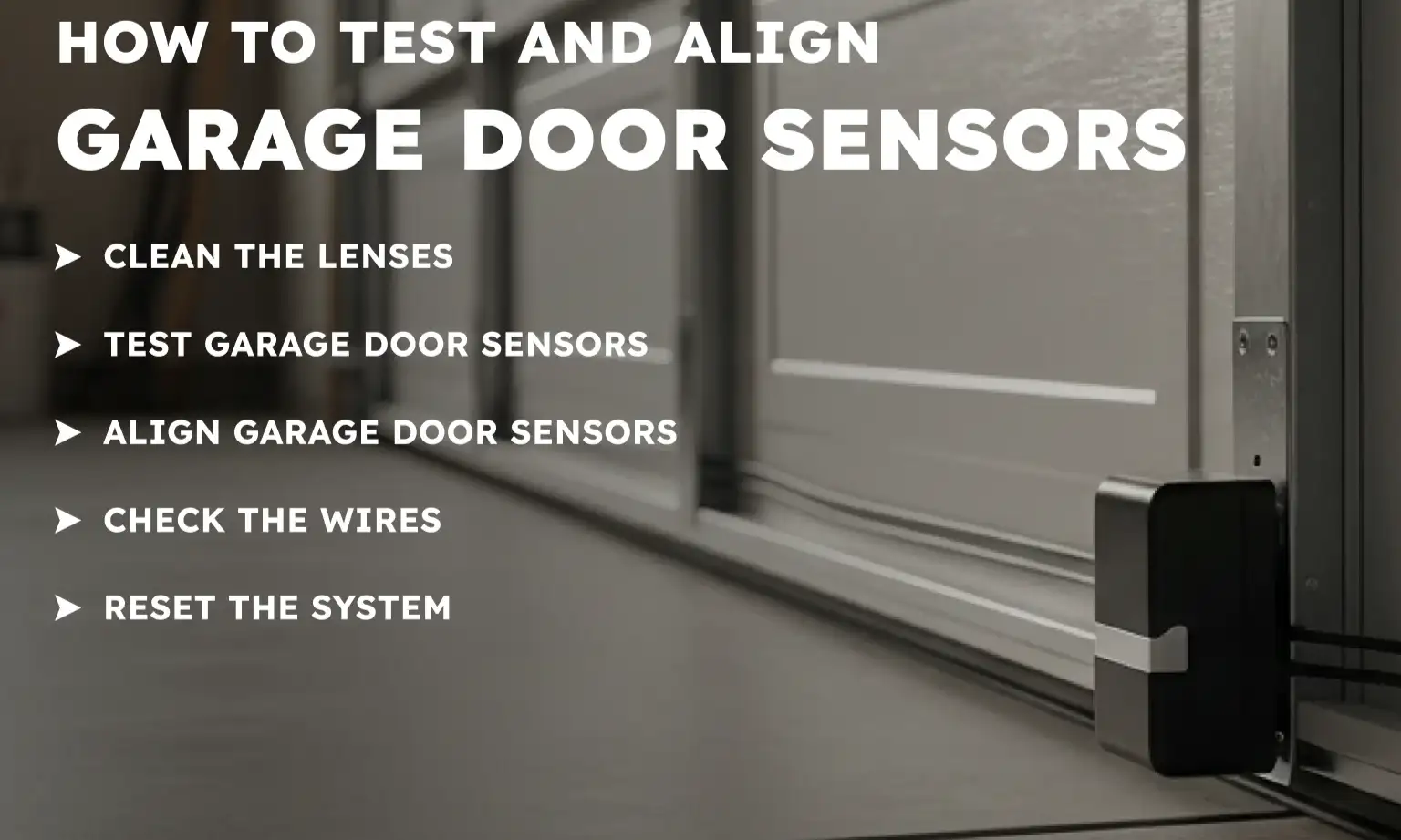
Clean the lenses:
Dust or spiderwebs can interrupt the beam.Test garage door sensors:
See if one or both lights turn solid when aligned.Align garage door sensors:
Gently adjust the brackets so both sensors face each other perfectly.Check the wires:
Loose or damaged wiring can break the signal.Reset the system:
Try resetting the garage door sensors if everything else looks fine. This step alone can fix most basic issues.
If you still can’t get a solid light on both sides, the system may need repair, which is where Up & Down Garage Doors can help.

Should You Ever Bypass Garage Door Sensors?
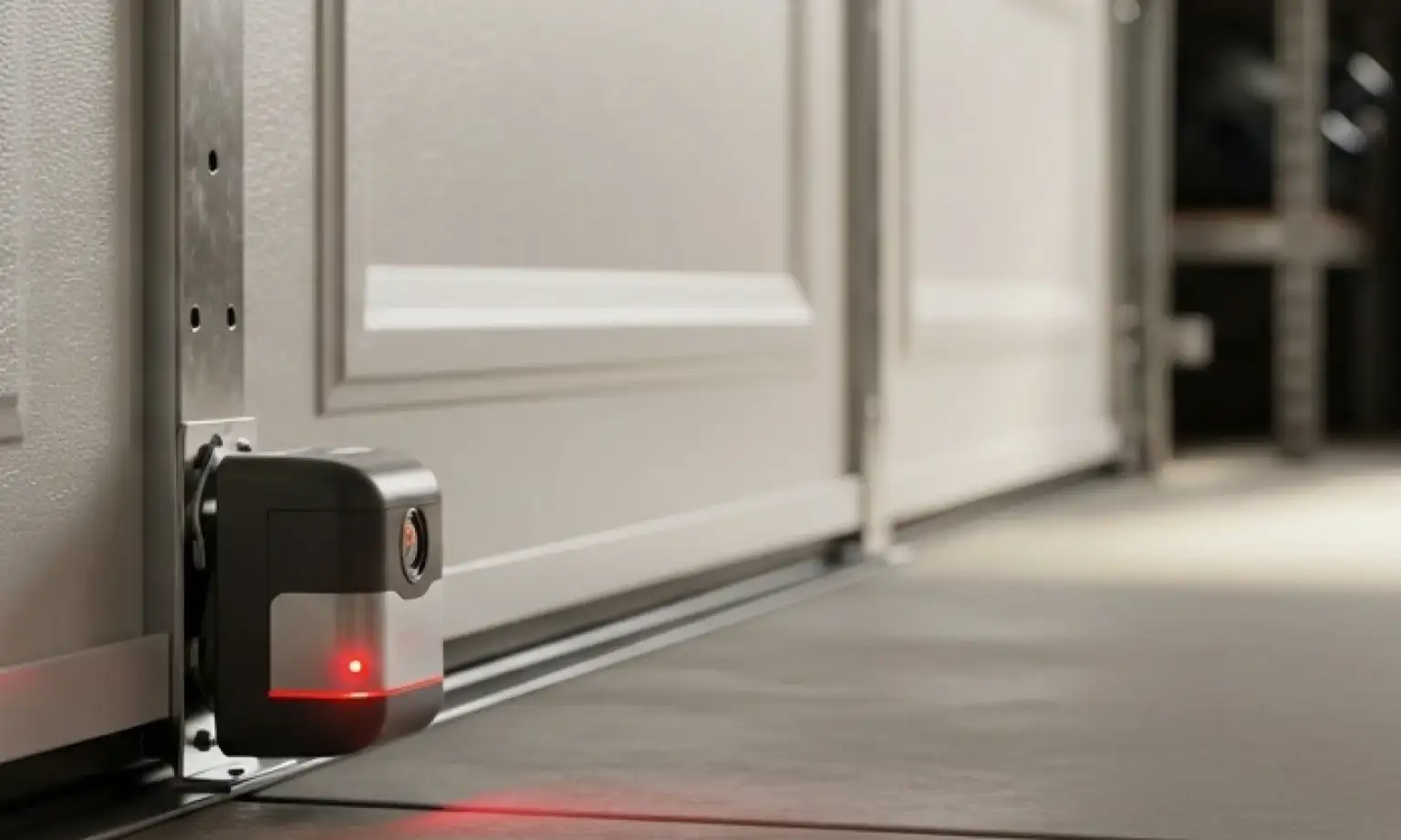
Many homeowners search for ways to bypass garage door sensors, especially during emergencies. While there are temporary workarounds, none are meant for long-term use. The opener loses its main safety feature, and the door may close on anything in its path.
If you’re troubleshooting and need information, here is a helpful guide on how to bypass garage door sensors. It explains why bypassing should only be used as a short-term diagnostic method — not a permanent fix.
If your garage door opener’s safety features are failing, let a professional inspect the wiring, sensors, and opener settings.

Trust Up & Down Garage Doors for Expert Sensor Repair
Sensor problems can be frustrating, especially when you’re trying to close the door during bad weather or late at night. Whether your garage door won’t close, your photo-eye sensors won’t align, or the opener keeps reversing, Up & Down Garage Doors has the tools and experience to diagnose the issue quickly. We help homeowners, managers, and commercial clients restore safe operation without guesswork or risky workarounds.
If your sensors keep failing or the opener isn’t responding, schedule a visit with Up & Down Garage Doors today. We make garage door safety simple, straightforward, and stress-free.
FAQs: Garage Door Sensor Safety
Will a garage door work without the sensors?
It can still move, but using a garage door without safety sensors is dangerous. Without functioning garage door safety sensors, the system can’t detect people, pets, or obstacles — increasing the risk of injury or damage.
How to wire a garage door opener without sensors?
You can technically wire it, but it removes garage door opener safety and isn’t recommended. A technician can reconnect or replace your garage door safety sensors properly.
How to disable garage door sensors Liftmaster?
Liftmaster models can be temporarily held in manual mode, but disabling photo-eye sensors removes safety features. Realignment or repair is safer.
How to disable garage door sensors Chamberlain?
Chamberlain openers allow limited manual override, but bypassing the system long-term is unsafe. Fixing or replacing the sensors is the better option.
Bypass garage door sensor Genie — is it safe?
Genie systems can be bypassed briefly for testing, but running the door this way increases the chance of damage or injury. Repair is safer than sensor bypass.
Are garage door safety sensors required for all openers?
Yes. Since 1993, federal law in the U.S. has required garage door safety sensors on all automatic openers to help prevent accidents. A door can move without them, but it shouldn’t be used that way.
